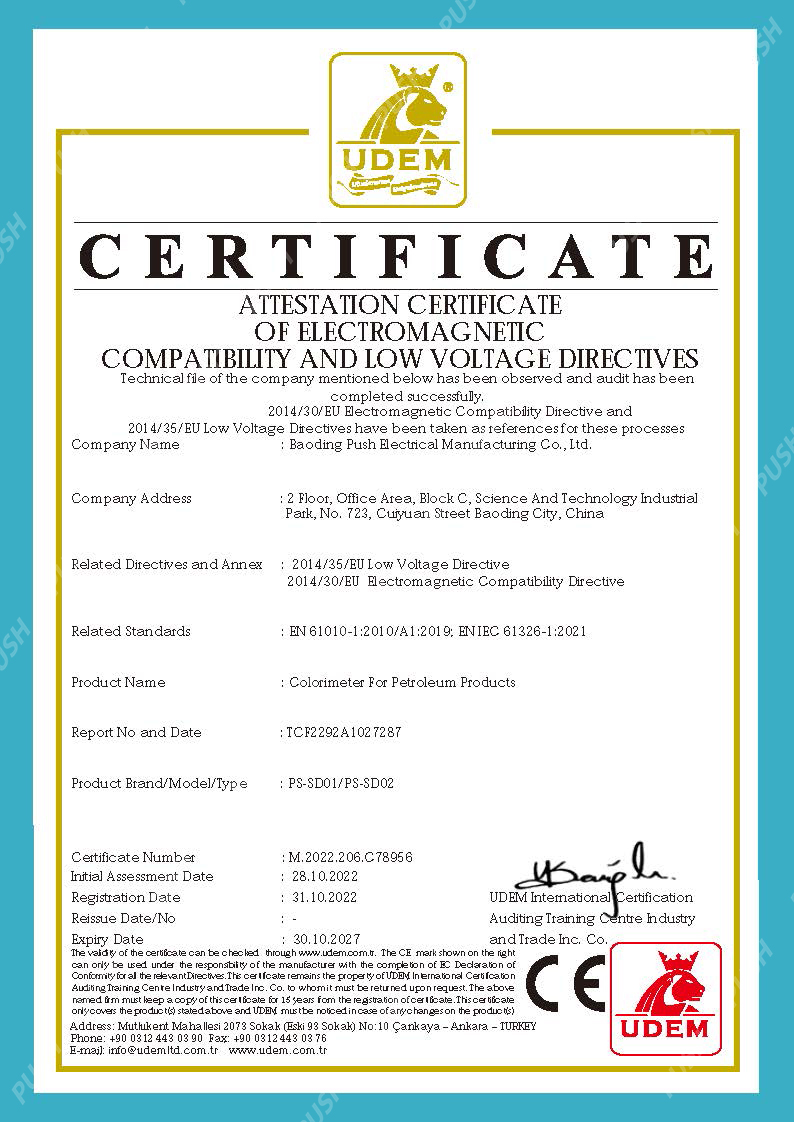 English
English



-
 Afrikaans
Afrikaans -
 Albanian
Albanian -
 Amharic
Amharic -
 Arabic
Arabic -
 Armenian
Armenian -
 Azerbaijani
Azerbaijani -
 Basque
Basque -
 Belarusian
Belarusian -
 Bengali
Bengali -
 Bosnian
Bosnian -
 Bulgarian
Bulgarian -
 Catalan
Catalan -
 Cebuano
Cebuano -
 China
China -
 China (Taiwan)
China (Taiwan) -
 Corsican
Corsican -
 Croatian
Croatian -
 Czech
Czech -
 Danish
Danish -
 Dutch
Dutch -
 English
English -
 Esperanto
Esperanto -
 Estonian
Estonian -
 Finnish
Finnish -
 French
French -
 Frisian
Frisian -
 Galician
Galician -
 Georgian
Georgian -
 German
German -
 Greek
Greek -
 Gujarati
Gujarati -
 Haitian Creole
Haitian Creole -
 hausa
hausa -
 hawaiian
hawaiian -
 Hebrew
Hebrew -
 Hindi
Hindi -
 Miao
Miao -
 Hungarian
Hungarian -
 Icelandic
Icelandic -
 igbo
igbo -
 Indonesian
Indonesian -
 irish
irish -
 Italian
Italian -
 Japanese
Japanese -
 Javanese
Javanese -
 Kannada
Kannada -
 kazakh
kazakh -
 Khmer
Khmer -
 Rwandese
Rwandese -
 Korean
Korean -
 Kurdish
Kurdish -
 Kyrgyz
Kyrgyz -
 Lao
Lao -
 Latin
Latin -
 Latvian
Latvian -
 Lithuanian
Lithuanian -
 Luxembourgish
Luxembourgish -
 Macedonian
Macedonian -
 Malgashi
Malgashi -
 Malay
Malay -
 Malayalam
Malayalam -
 Maltese
Maltese -
 Maori
Maori -
 Marathi
Marathi -
 Mongolian
Mongolian -
 Myanmar
Myanmar -
 Nepali
Nepali -
 Norwegian
Norwegian -
 Norwegian
Norwegian -
 Occitan
Occitan -
 Pashto
Pashto -
 Persian
Persian -
 Polish
Polish -
 Portuguese
Portuguese -
 Punjabi
Punjabi -
 Romanian
Romanian -
 Russian
Russian -
 Samoan
Samoan -
 Scottish Gaelic
Scottish Gaelic -
 Serbian
Serbian -
 Sesotho
Sesotho -
 Shona
Shona -
 Sindhi
Sindhi -
 Sinhala
Sinhala -
 Slovak
Slovak -
 Slovenian
Slovenian -
 Somali
Somali -
 Spanish
Spanish -
 Sundanese
Sundanese -
 Swahili
Swahili -
 Swedish
Swedish -
 Tagalog
Tagalog -
 Tajik
Tajik -
 Tamil
Tamil -
 Tatar
Tatar -
 Telugu
Telugu -
 Thai
Thai -
 Turkish
Turkish -
 Turkmen
Turkmen -
 Ukrainian
Ukrainian -
 Urdu
Urdu -
 Uighur
Uighur -
 Uzbek
Uzbek -
 Vietnamese
Vietnamese -
 Welsh
Welsh -
 Bantu
Bantu -
 Yiddish
Yiddish -
 Yoruba
Yoruba -
 Zulu
Zulu
portable gc
The Rise of Portable Gas Chromatography An Analytical Revolution
In recent years, the demand for portable analytical techniques has increased significantly, leading to the development of various portable instruments. Among these, portable gas chromatography (GC) has emerged as a game-changer in the field of analytical chemistry. This technology adapts traditional gas chromatography, typically a laboratory-based process, for use in the field, allowing for rapid and accurate analysis of gas and volatile compound samples.
The Rise of Portable Gas Chromatography An Analytical Revolution
The innovation of portable gas chromatography addresses these limitations. These compact devices often weigh less than 5 kilograms and can be battery-operated, making them ideal for fieldwork. Their portability allows researchers, environmental scientists, and law enforcement agencies to conduct immediate analyses on-site without the need for transporting samples back to a laboratory. This instantaneous feedback can be crucial in emergency situations, such as chemical spills or air quality monitoring, where timely decisions are necessary to mitigate harm.
portable gc

One significant breakthrough in portable GC technology is the miniaturization of components without compromising performance. Modern portable GCs utilize microfabrication techniques to create smaller columns and detectors, which can maintain the high sensitivity and resolution associated with traditional systems. These devices can analyze various sample types, including gases emitted from industrial processes, ambient air samples, and even complex mixtures involving multiple analytes.
Despite these advancements, there are still challenges to be addressed. The complexity of certain samples may require the system to be coupled with other analytical techniques, such as mass spectrometry (MS), to provide comprehensive data. Additionally, users must be trained to operate these sophisticated instruments accurately and interpret the results correctly to ensure reliable outcomes.
Portable gas chromatography has found applications in numerous fields. In environmental monitoring, it helps track pollutant levels in real time, providing crucial data for assessing air quality and ensuring compliance with regulatory standards. In the field of food safety, portable GCs can detect adulterants and contaminants in food products, ensuring consumer safety and quality. Furthermore, law enforcement agencies use portable GC devices for rapid identification of illegal drugs and other hazardous substances at crime scenes or during inspections.
In conclusion, the advent of portable gas chromatography marks a significant milestone in the evolution of analytical techniques. Its ability to provide rapid, accurate, and on-site analysis transforms how we approach environmental monitoring, food safety, and forensic investigations. As technology continues to improve, we can anticipate even more robust and versatile portable GC systems, paving the way for enhanced field analysis and a greater understanding of the chemical world around us. The future of analytical chemistry is not only in the laboratory but also in the hands of those who venture into the field, equipped with portable gas chromatography.
-
Testing Equipment Industry Sees Major Advancements in 2025: Smart & Precision Technologies Lead the WayNewsJun.06,2025
-
Applications of Direct Current Generators in Renewable Energy SystemsNewsJun.05,2025
-
Hipot Tester Calibration and Accuracy GuidelinesNewsJun.05,2025
-
Digital Circuit Breaker Analyzer Features and BenefitsNewsJun.05,2025
-
Benefits of Real-Time Power Quality Monitoring Devices for Industrial EfficiencyNewsJun.05,2025
-
Earth Fault Loop Testing in High-Rise Building Electrical SystemsNewsJun.05,2025



